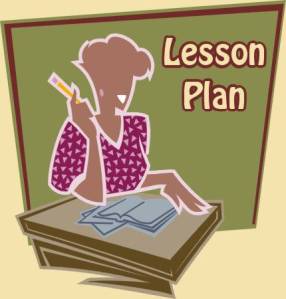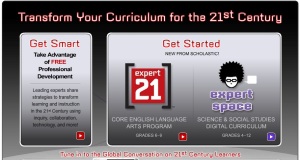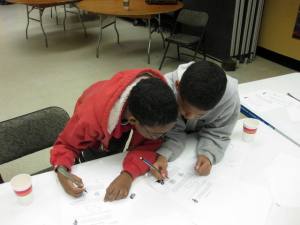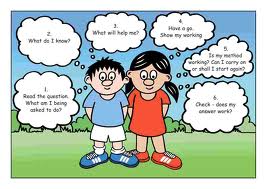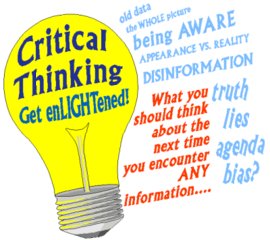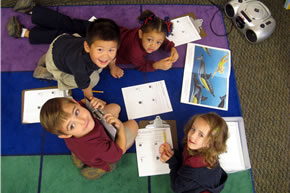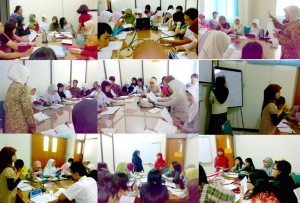It was my first time to join the Motivation class with Ms. Lydia. Yes, Ms. Lydia is the lecturer for Motivation and Management of Students for Effective Learning (MMSEL) course. When I entered the class, I was curious what we will learn about motivation? Something like Educational Psychology course or what? I want to know more about that. And actually on the beginning, Ms. Lydia leads us to think what make us come and join her class. Of course I want to know more about Motivation. As we know that motivation is so abstract and difficult for me to build my motivation by myself. That’s we called intrinsic motivation, involvement as a means to an end. But, we also need other people to build our motivation and we call it extrinsic motivation.
I’m interest with the question from Ms. Lydia about why do you want to be a teacher? Do you know my reason? Nothing reason in my mind! Actually before I entered SSE, I don’t really want to be a teacher even though I love teaching. It’s just because I don’t like to stand in front of many people and to be on the spot light. After I did school experience in some schools and learn about pedagogical skill in SSE, I can know that to be a teacher was interesting and so fun! We meet many students that have different characteristics of learning. I am not only teaching the students, but I can learn many things from them. Being a teacher make me feel “useful” for others. And I admit that I love teaching and I love being a teacher! 🙂
If I have to choose teachers whom I admire most, I will choose one teacher from movie “Taree Zameen Par”. The teacher in this movie shows the best care to one student that has dyslexia. That student study in general school, not special school. So, that student feels difficult to understand the lesson. Luckily, the teacher really shows care, always try to teach and motivate him until he gets his expertise in drawing lessons. What a great teacher I think. The personality of the teacher like that can motivate me to be a great teacher.
After sharing moment, we discuss about theory of Motivation in group. There are 4 theorist of Motivation, that are Behavioral, Humanistic, Sociocultural, Cognitive and Social cognitive. My group get Sociocultural theory. This theory say about “all in this together”, how history and society impact the way of humans develop and learn. From this theory, we can apply how the students increase their motivation from the society, especially motivation and support from their family, school, and environment. So, build the motivation of students is so important for learning process and I conclude that MMSEL course is important for me as candidate teacher. Do you know why? Because the students have different motivation in learning and in this course, I can learn how to build up motivation of the students. Thank you for great first meeting, ms. Lydia. 🙂
